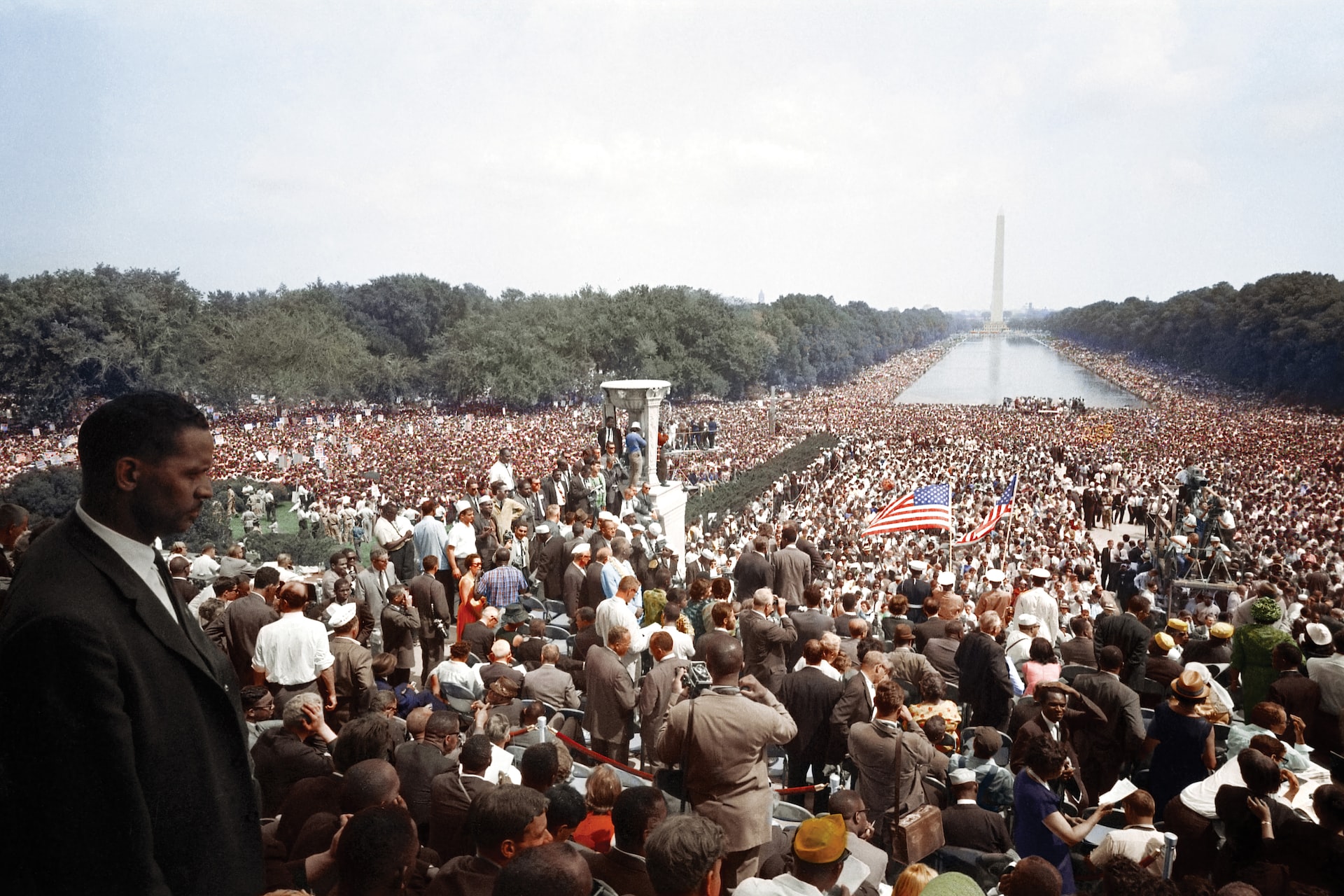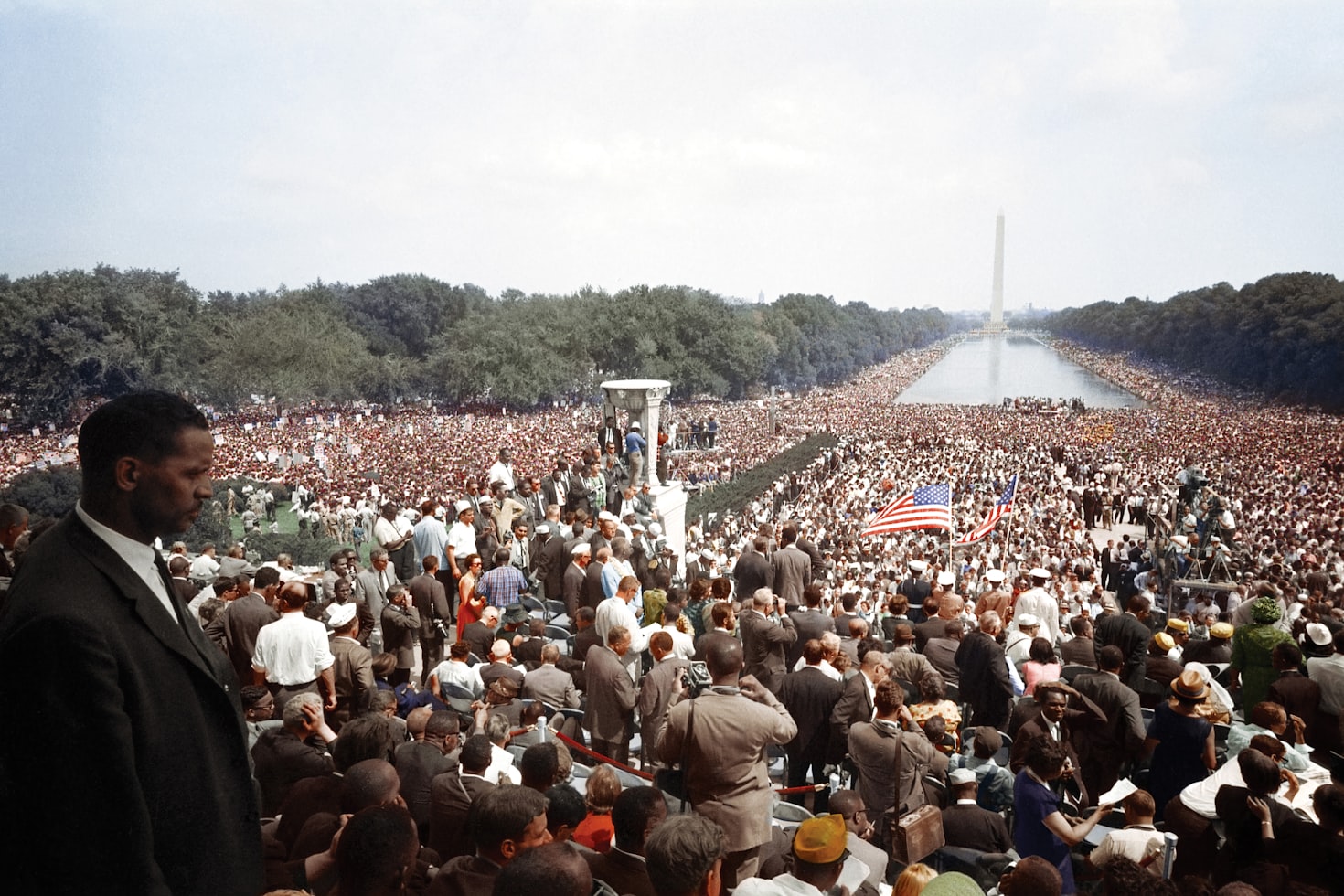The Civil Rights Movement in the United States: Key Moments and Key Figures

The Civil Rights Movement in the United States was a social and political movement that aimed to end racial segregation and discrimination against African Americans in the 1950s and 1960s. The movement was characterized by acts of civil disobedience, protests, and legal challenges. In this article, we will explore key moments and key figures of the Civil Rights Movement in the United States.
Key Moments
The Civil Rights Movement was marked by several key moments that helped to shape the course of the movement. Some of the major ones include
The Montgomery Bus Boycott (1955-1956)
A boycott of the Montgomery, Alabama, public bus system led by African American leaders, including Martin Luther King Jr., to protest the arrest of Rosa Parks for refusing to give up her bus seat to a white person. The boycott lasted for over a year and led to a Supreme Court ruling that declared the Alabama and Montgomery laws that segregated buses to be unconstitutional.
The Little Rock Nine (1957)
Nine African American students, known as the Little Rock Nine, attempted to attend Little Rock Central High School in Arkansas. They were met with violent opposition from white segregationists but were eventually allowed to attend the school with the help of federal troops.
The Greensboro Sit-Ins (1960)
Four African American college students in Greensboro, North Carolina, began a series of sit-ins at a Woolworth’s lunch counter to protest the store’s racial segregation policy. The sit-ins were successful and led to the desegregation of Woolworth’s and other stores across the country.
The March on Washington (1963)
A march led by Martin Luther King Jr., where he delivered his famous “I Have a Dream” speech, calling for an end to racial segregation and discrimination. The march was attended by over 250,000 people and helped to build momentum for the Civil Rights Movement.
The Voting Rights Act (1965)
A federal law that prohibited racial discrimination in voting. The act was signed into law by President Lyndon B. Johnson and helped to increase voter turnout among African Americans.

Key Figures
The Civil Rights Movement was led by several key figures who played a significant role in shaping the movement. Some of the major ones include
Martin Luther King Jr.
A Baptist minister and civil rights activist who played a key role in the Civil Rights Movement, particularly in the areas of nonviolence and civil disobedience. He is best known for his “I Have a Dream” speech and his leadership in the Montgomery Bus Boycott, the March on Washington, and the Civil Rights Act of 1964.
Malcolm X
He was an African American Muslim minister and human rights activist who was a vocal critic of the Civil Rights Movement’s emphasis on nonviolence. He is best known for his speeches and writings, in which he advocated for black self-reliance and the use of force in self-defense.
Rosa Parks
He was an African American civil rights activist who is best known for her refusal to give up her bus seat to a white person, which led to the Montgomery Bus Boycott. She is considered the “mother of the Civil Rights Movement.”
Medgar Evers
He was an African American civil rights activist who was the field secretary for the NAACP in Mississippi and played a key role in the Civil Rights Movement. He is best known for his work integrating schools and voting booths in Mississippi and his efforts to investigate the murder of Emmett Till. He was assassinated in 1963.
Fredrick Douglass
He was an African American abolitionist, women’s rights activist, and writer who escaped from slavery and became a prominent leader in the abolitionist movement. He was a powerful orator and his speeches and writings helped to shape the Civil Rights Movement.
Harriet Tubman
He was an African American abolitionist and political activist who escaped from slavery and became known as the “Moses of her people” for her work leading slaves to freedom through the Underground Railroad. She also served as a scout and spy for the Union Army during the Civil War.
Thurgood Marshall
He was an African American lawyer and civil rights activist who was the first African American Supreme Court Justice in the United States. He played a key role in the Civil Rights Movement, particularly as the lead attorney in the landmark case Brown v. Board of Education which declared that segregation in public schools was unconstitutional.
In conclusion, the Civil Rights Movement in the United States was a social and political movement that aimed to end racial segregation and discrimination against African Americans in the 1950s and 1960s.
The movement was marked by several key moments such as the Montgomery Bus Boycott, the Little Rock Nine, and the March on Washington, and led by key figures such as Martin Luther King Jr., Malcolm X, Rosa Parks, and Medgar Evers among many others.
The Civil Rights Movement played a major role in shaping the history of the United States, leading to the end of legal segregation and discrimination and the advancement of civil rights for African Americans and other marginalized groups.





